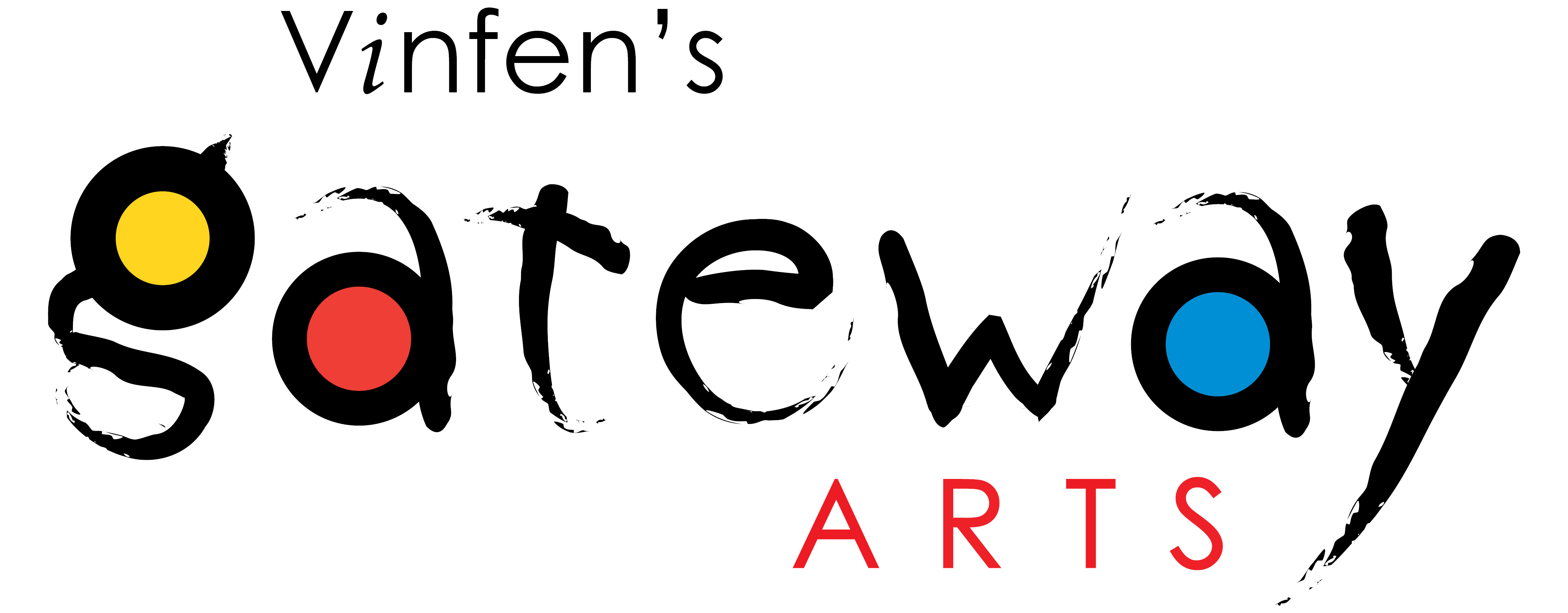By: Gregory Liakos, Director
The typical workplace image of adults with cognitive disabilities (Down syndrome, Autism spectrum disorder, Cerebral palsy) evokes individuals doing relatively simple tasks: bagging groceries, cleaning tables, assembling objects.
Picture, instead, an artist in a studio. She imagines a scene. Selects its essential elements. Arranges those pieces into an aesthetic whole, applying color, light and shade, direction, motion, and mood. She changes and adapts the work according to her evolving vision. At some point she knows it is complete.
Now picture this artist in the gallery, taking in praise and criticism of her exhibited work. Reflecting and learning from both. Growing in her professional practice and self-worth. The work sells at a good price. Her art is her vocation. Her vocation enriches her life.
You can be forgiven if the latter picture of a creative artist does not align with your idea of a person with intellectual and development disabilities at work. We’ve been conditioned to focus on these individuals’ limitations, inherent in the very terminology we use. (The unemployment rate for persons with disabilities is twice that of the general population.) Sadly, recent comments from US Health and Human Services Secretary Robert F. Kennedy Jr. have reinforced this.
Yet a half-century of practice at places like Vinfen’s Gateway Arts illustrates how truly misguided these stereotypes are. Thousands of men and women from across Greater Boston have established careers as professional artists at Gateway, and tens of thousands more at similar progressive art studios across the nation.
These studios gathered this month in Philadelphia, and the emergence of this field of practice exemplifies the US Department of Labor’s 2025 message for National Disability Employment Awareness Month: “Celebrating Value and Talent.” Nonprofit programs supported with mostly public and some private subsidy, they are based on a traditional gallery model: Artists are afforded studio workspace, guidance from skilled facilitators, materials, and the time and freedom to create. The gallery exhibits the work, markets it, and sells it. The artist typically receives half of the sale proceeds; the rest goes back into the program. Artists establish professional goals and check their progress against them.
The model was established at the height of deinstitutionalization, when adults with cognitive and psychiatric disabilities were discharged from large state hospitals, often without much of a safety net to support them. The durability of programs like Gateway Arts, Creative Growth in San Francisco, and many others in Chicago, Philadelphia and across the U.S., speaks to its efficacy: Art has been the vehicle carrying adults with disabilities from the margins to the marketplace.
American artists have always struggled to be recognized for their labor. “Hell, they’ve got to eat too,” New Deal architect Harry Hopkins famously told FDR when the President asked if artists, musicians, and writers should be included in federal work programs.
“Hell, adults with disabilities can make great art too,” a 21st-century Hopkins might say. Such a statement would surely be more welcome—and more accurate—than much of what we’re hearing in Washington these days about autism and other conditions.
Here's hoping the US Dept. of Labor really wants to “Celebrate Value and Talent” this October and beyond. They can do worse than to start with art.
